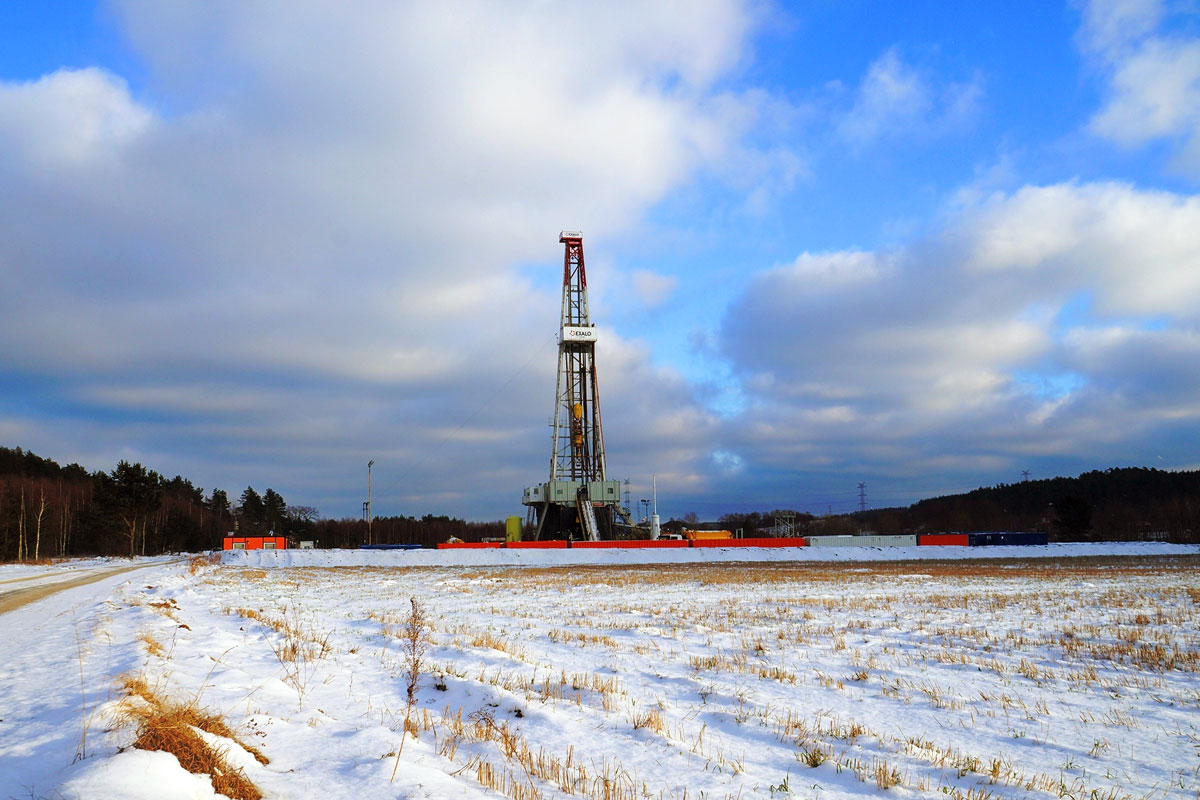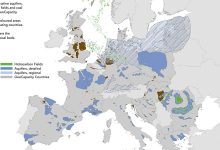Oil and gas localisation in Russia: The new frontier
Sanctions have restricted Russian access to imports of key oil and gas E&P equipment – and the government is throwing its support behind import substitution. Now, companies like General Electric, Turboden, Plexus, and National Oilwell Varco are bypassing exporting altogether and choosing to manufacture in Russia.
MIOGE (MOSCOW INTERNATIONAL OIL AND GAS EXHIBITION) has recently prepared ‘Oil and Gas Localisation in Russia: The New Frontier’ – a new and exclusive report on the current state of localisation in Russia’s no.1 industry.
The free 12-page guide gives some unique insights into localised production in one of the world’s foremost hydrocarbons markets, including information on:
- Why foreign companies are moving manufacturing to Russia;
- Government policy & import substitution;
- Case studies of successful Russian localised production projects;
- Opportunities & benefits for international oil and gas equipment to start manufacturing in Russia.
Oil and gas is Russia’s lifeblood. The nation is gifted with bountiful resources, making Russia a world leader in hydrocarbons production. Only a handful of nations, such as the United States and Saudi Arabia, can match Russian output.
Economically, oil and gas is Russia’s chief industry. It accounts for 16% of GDP, 52% of government budget revenues, and 70% of total exports. Billions of dollars in investment is poured into the sector every year by majors like Gazprom, Tatneft, Lukoil, and Rosneft.
According to the report, however, in the face of the industry’s incredible performance, there is still massive room for improvement. Technology is Russia’s chief weakness. Despite a range of projects using the latest machinery, much of Russia’s E&P equipment is outdated and obsolete.
Imports cover the vast bulk of oil and gas equipment in use throughout Russia, holding a market share of 80%. In some sectors, such as offshore technology and IT software, 90% of solutions in use are imported.
In fact, most Russian oil companies rely on imports of pumps, geological and seismic exploration, offshore drilling, and automation equipment to remain operational.
A weakened rouble has lowered Russia’s purchasing power, meaning import costs have risen as well.
There are also geographic factors to contend with, which affects the nature of the machinery needed at project sites.
“Russia is big – with a surface area greater than Pluto’s – and is covered with unique and challenging landscapes. Arctic drilling in the Far East and Northern reaches, for instance, is an emerging trend in Russian oil and gas – but the domestic sector lacks the technology to truly develop this further. The answer to this is localisation. Of course, the Russian oil and gas sector is no stranger to foreign investment. Total, Eni, and more majors have all done deals and tie-ins with Russia’s chief producers like Gazprom and Rosneft in the past,” the guide mentions.
Now, it’s the turn of machinery and equipment manufacturers to shift their operations directly into Russia. Thanks to the industry’s sheer size, scope, and cash reserves, there are great opportunities for international suppliers to begin Russian-domestic production.
The report also includes case studies of successful localisation operations from leading international companies.
Download a free copy of the report at: http://mioge.ru/www_mioge/media/MIOGE-Media-Library/Downloads/Localisation-in-Russian-Oil-Gas.pdf?aliId=1137638







